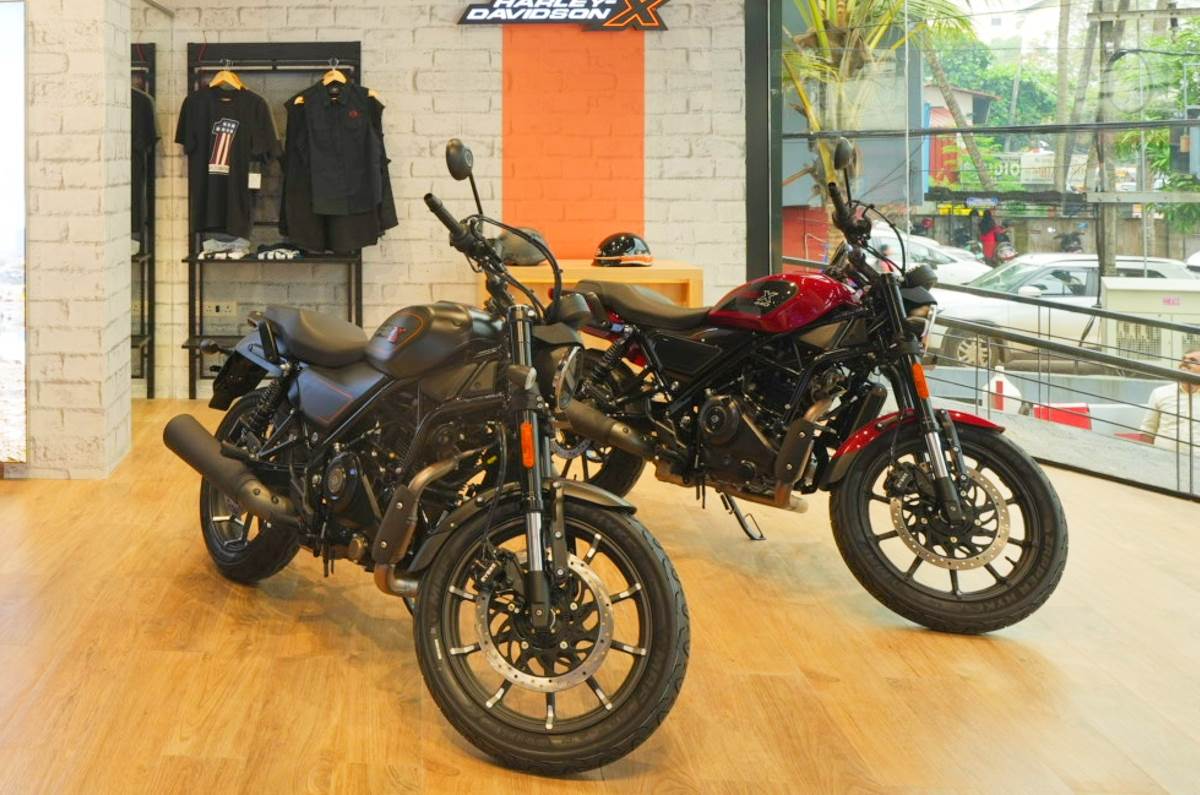
The year 2023 witnessed a remarkable recovery in sales, demonstrating the industry's resilience and potential for strong growth, after a challenging few years impacted by the pandemic.
Rural economy recovery
One of the major talking points of 2023 has been the recovery of the 100-110cc motorcycle segment. An improvement in disposable rural income, infrastructure and e-commerce in recent months resulted in some green shoots in the rural areas. Furthermore, festive season enthusiasm helped the two-wheeler segment outpace the passenger vehicle segment in growth to record all-time high sales during the season and in November.
Also See:
Honda Shine 100 review: Big ambitions
Data from the FADA shows that two-wheeler retail sales grew 20.7 percent on year to 2.89 million units in the festive period. Retails in November also rose 21.1 percent year-on-year to 2.25 million units.

Manufacturers including Hero MotoCorp and TVS Motor have also indicated that rural growth is picking up. In a recent earnings call, TVS Motor’s K N Radhakrishnan noted that rural confidence is improving with higher income levels, recovery from the pandemic worries, infrastructure investment and retail finance support.
"The urban-rural demand split for two-wheelers was more in favour of urban in the last few years. But it has sort of evened out during this festival season with rural demand picking up," Hero MotoCorp’s Chief Executive Officer Niranjan Gupta said post Q2 earnings.
Premiumisation trends
While the increase in prices and subsequent slowdown in demand has slowed down overall two-wheeler sales volume over the period, the premium motorcycle and scooter market has shown strong resilience over the period.

In 2023, the premium space saw a slew of new launches with manufacturers shifting their strategy towards premiumisation to capitalise on the trend. The buoyant premium market bolstered two-wheeler makers, partially mitigating the impact of weak entry-level segment sales and sluggish export demand.
Also See:
Harley X440 vs Triumph Speed 400 vs RE Classic 350 comparison: Battle Royale
EV adoption increases
2023 has been a turbulent year for the Indian electric two-wheeler industry, navigating rapid growth and significant challenges. The electric vehicle market also witnessed consolidation in favour of large players after the initial frenzy. Two-wheelers have been leading electric vehicle adoption in India. Exponential growth over the period has boosted electric vehicle penetration in the two-wheeler segment to around 5 percent.
This can be attributed primarily to government subsidies and better recognition of the long-term economic benefits. Sales of electric two-wheelers witnessed robust growth in the first five months of the year with monthly registration clocking a high of 1,04,750 units in May.
However, the booming sales hit a roadblock in June and the monthly registrations plunged to 46,000 units after the government reduced the subsidy for electric two-wheelers under the second phase of FAME scheme in India. The government slashed the subsidy for electric two-wheelers by around 33 percent to Rs 10,000 per kWh, and reduced the cap on incentives for two-wheelers to 15 percent of the ex-factory price of vehicles from 40 percent. The subsidy is given to electric two-wheeler consumers in the form of an upfront reduced purchase price of vehicles and the government reimburses the manufacturers for the discount. So the OEMs resorted to price hikes soon after the cut in subsidies, which subsequently hit the demand. The decline in incentives also pushed manufacturers for more research and innovation to keep prices lower for higher sales.
However, the decline in sales had only a transient effect on demand, as sales swiftly rebounded within two or three months, buoyed by the festive season, re-igniting consumer interest. Registrations recovered to 71,604 units in October and 91,243 units in November. Cumulative January-November sales during this year came in at 7,83,128 units, up 38 percent year-on-year.
Companies like Hero Electric, Okinawa, Ampere, and Revolt, which had an early mover advantage, have seen their market share dip significantly from double-digit to low single digits over the last one-year period, while players like Ola Electric, TVS, Bajaj Auto and Ather Energy captured the market.

The market consolidation was driven primarily by the government's strict actions against OEMs failing to comply with local manufacturing regulations. The consolidation was also boosted by new launches by traditional players, reduced subsidies, and stricter quality standards.
Following the complaints that some of the companies violated the sourcing norms to claim the subsidies by importing components, the government last year investigated the companies and found that seven of them flouted the phased manufacturing programme guidelines.
The Centre then withheld the incentives of the seven erring companies, reportedly Hero Electric, Okinawa, Ampere, Benling India, Revolt, Amo Mobility, and Lohia Auto, and ordered them to refund the subsidies availed along with interest. This action had a severe impact on several cash-strapped companies at a time when the competition intensified in the market.
Way forward
After a long time, all segments of ICE two-wheelers are growing in tandem. Better distribution of income in rural areas will offer heft to the entry segment, whereas a growing economy is likely to sustain demand in the premium segment.
With inputs from KIRAN MURALI.



